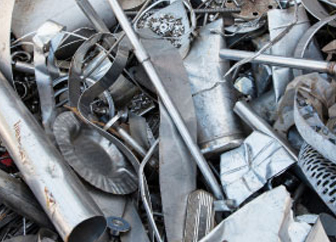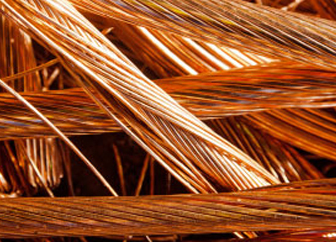
CLOSE TO OUR CUSTOMERS ACROSS ASIA AND EUROPE
Thanks to our comprehensive network of warehousing facilities, we are never far away when non-ferrous metals and alloys, needs to be collected. These non ferrous metals are sold centrally - both on domestic as well as international markets - via our branches across the Asia-Pacific. By marketing the materials centrally, we are able to meet the exact requirements of our customers.
FAIR AND COMPETITIVE PRICES
Arcon Cenral is a well-respected business partner for smelting works thanks to our years of experience and comprehensive know-how of dealing with alloyed and non-ferrous metals. Moreover, it has extensive information of the market which in turn can be accessed by each and every trader. This means that we are always able to offer competitive and fair market prices. We are linked to the London Metal Exchange (LME), have online access to the latest prices on the metal exchanges and can react quickly to any market developments.
GUARANTEED QUALITIES
We have access to high-precision analytical apparatus as well as sample smelting furnaces which means that we are always able to provide you with the same reliable quality of non-ferrous metals.

ALUMINIUM (AL)
The element aluminium, which belongs to the group of light metals, is the most commonly found metal in the earth's crust. Pure aluminium is a light silvery metal. The metal melts at 660 C, boils at 2,467 C and has a relative density of 2.7. Products made of aluminium are corrosion resistant.

LEAD (PB)
A bluish grey metallic element. Metallic lead is soft, very ductile and is a poor electrical conductor. A newly cut lead surface has a light, silvery shine, which quickly changes into the characteristic bluish grey colour. This heavy metal melts at 328 C and boils at 1,740 C.

CHROMIUM (CR)
Chromium is mainly used for refining steel. It is a silvery white, brightly shining metal that is tough, ductile and malleable. It has a melting point of 1,857 C. Chromium is resistant to corrosion.

CR-NI METAL
V2A, Cr-Ni metal steel (grade: 18Cr/8Ni) is resistant to heat and rust. It is mainly generated by the cutlery, food and household appliances industries.

CR-NI-MO METAL
V4A, Cr-Ni-Mo metal steel (grade: 18Cr/10Ni/2Mo) is resistant to rust and acid. It is generated by the chemicals industry.

ELECTRONIC MOTORS
All kinds of old motors which no longer work. They generally consist of copper coils and have a ferrous core.

CABLES
Copper and aluminium cables from demolition sites, manufacturing processes and electronic shredded recycling.

COPPER (CU)
Copper belongs to the group of non-ferrous metals. In nature, it is not only found as a compound (e.g. in sulphide ores) but also in its pure form (native). The pure metal melts at approx. 1,083 C and boils at approx. 2,567 C. The relative density of copper is around 8.9. Copper is a good electrical conductor and is suitable as a heat exchanger.

BRASS
An alloy of Copper (Cu) and zinc (Zn); a hard but nevertheless ductile metal.

RED BRASS
An alloy of copper (Cu), tin (Sn), zinc (Zn) and lead (Pb). It is mainly used in the plumbing trade and mechanical engineering.

ZINC (ZN)
An extremely shiny metallic element with a bluish white lustre. Zinc plays an important role in many areas of technology. Brass, a zinc-copper alloy, and various zinc pigments, used to prevent corrosion, are just a few examples. Pure zinc melts at approx. 420 C and boils at approx. 907 C.